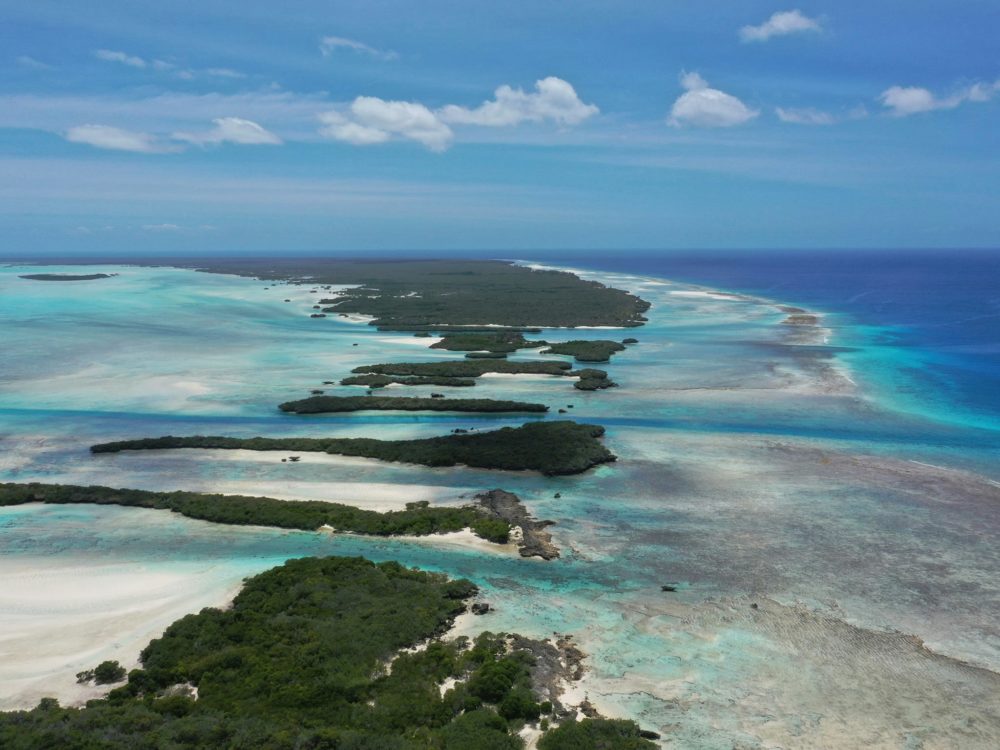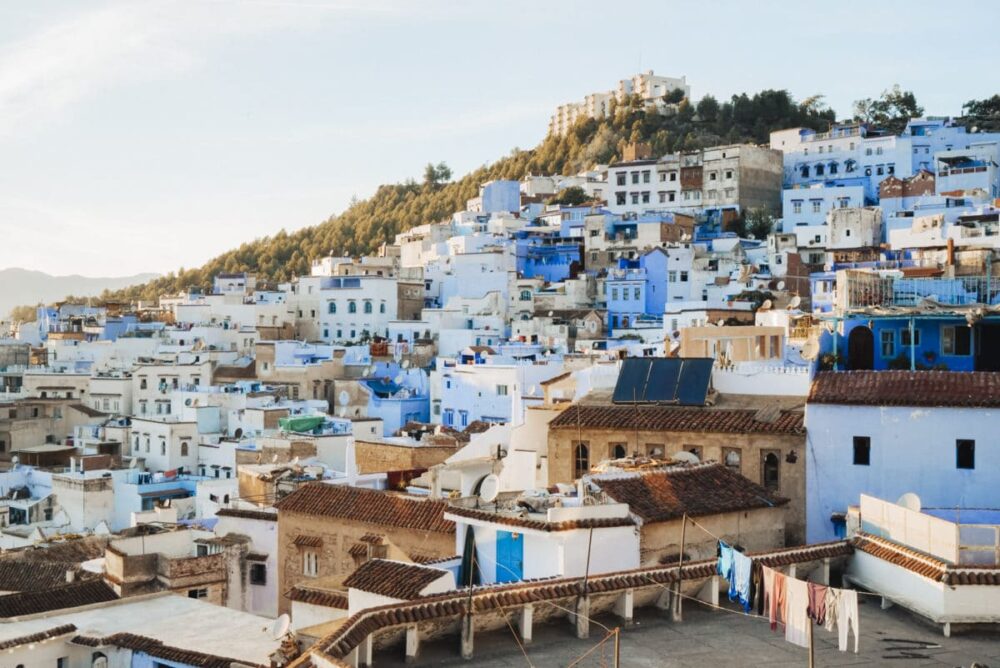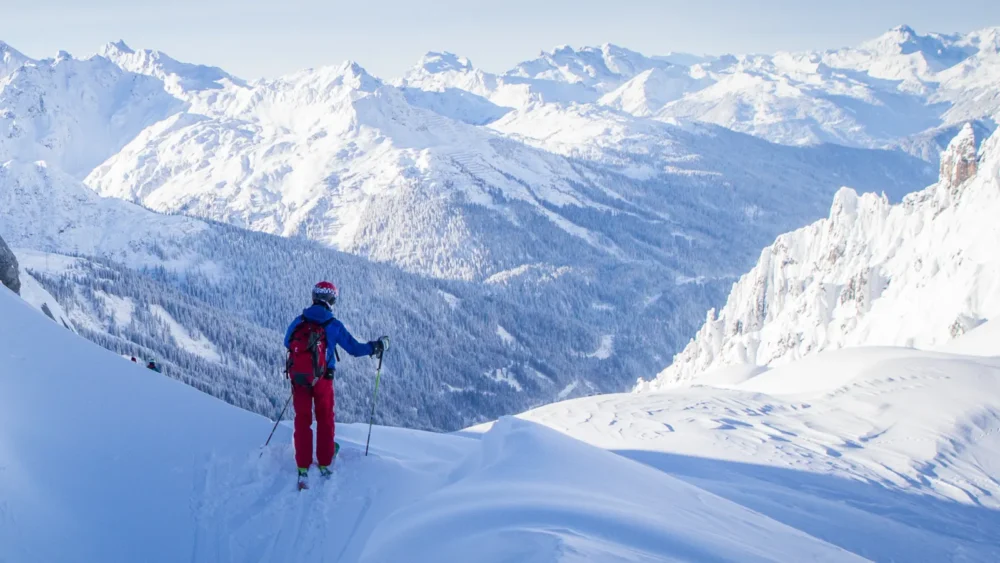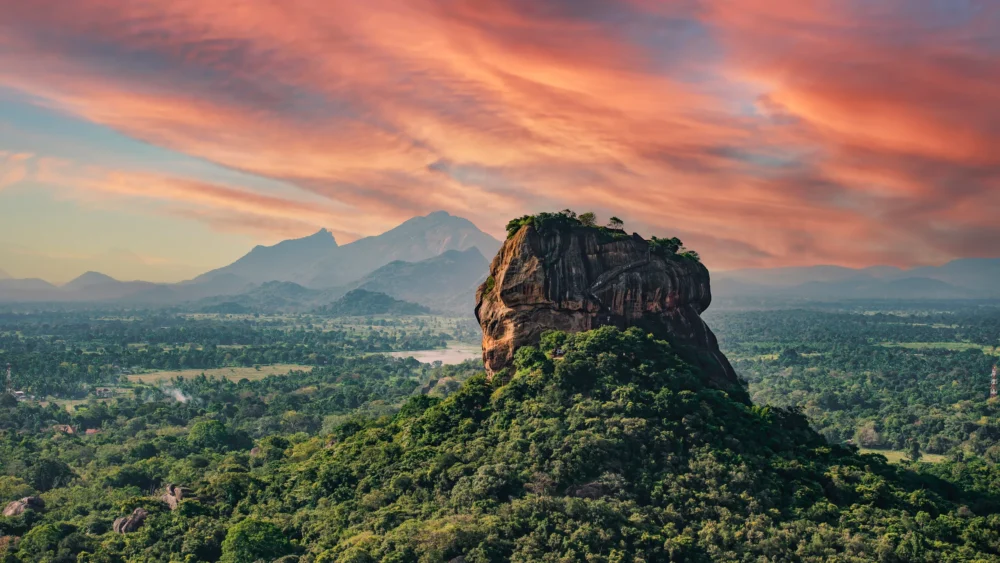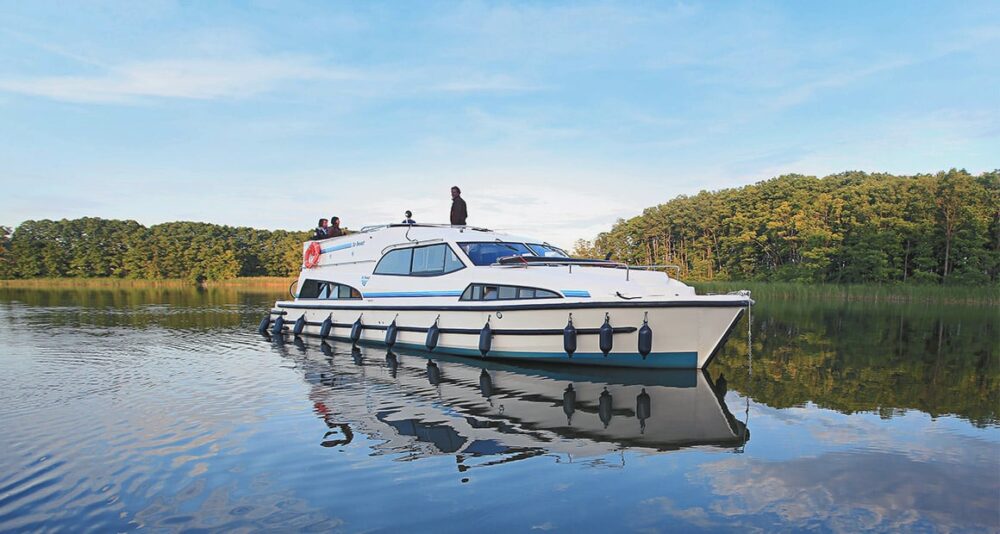With every corner of the world mapped, did you know that there are islands out there that have been kept untouched and pristine? From the Pacific to the Indian Ocean, here are a few islands lost in time, each with their own unique charm and mystery.
1. North Sentinel Island, India
Located in the Bay of Bengal, North Sentinel Island is part of the Andaman and Nicobar Islands. It is home to the Sentinelese, an indigenous tribe that has had minimal contact with the outside world. The Indian government has declared the island off-limits to outsiders to protect the tribe’s way of life and prevent the spread of diseases. The Sentinelese have maintained their traditional hunter-gatherer lifestyle, relying on the island’s resources and remaining one of the world’s most isolated communities.

2. Socotra Island, Yemen
Socotra, located in the Arabian Sea, is part of an archipelago that is often described as the “most alien-looking place on Earth.” The island’s isolation has resulted in a high level of endemism; over a third of its plant life is found nowhere else on the planet. The most famous of these is the dragon’s blood tree (Dracaena cinnabari), which has a distinct umbrella shape and produces a red sap used in dyes and medicines.
Socotra’s flora and fauna are so unique that the island has been designated a UNESCO World Heritage Site. The landscape, with its otherworldly plant life, makes it a living natural museum.
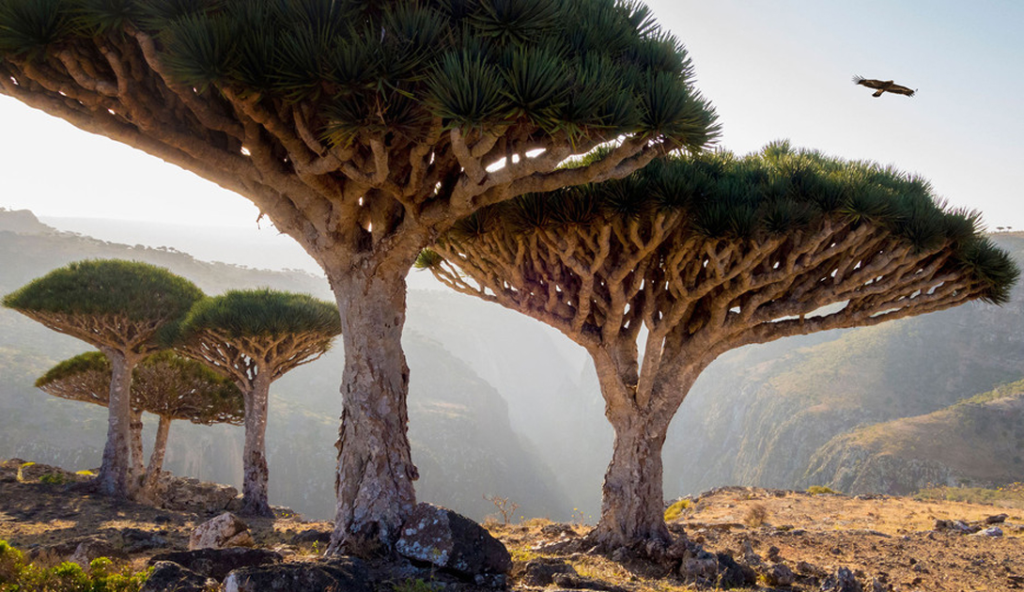
3. Pitcairn Island, British Overseas Territory
Pitcairn Island, located in the South Pacific Ocean, is best known as the home of the descendants of the HMS Bounty mutineers and their Tahitian companions. With a population of around 50 people, it is one of the least populous national jurisdictions in the world. The island’s remoteness has preserved its unique history and culture, including the influence of the mutineers’ stories and the blending of British and Polynesian heritage.
Pitcairn Island’s rugged landscape and historical artifacts provide a unique insight into a small community’s life, living in isolation. The island’s clear waters and rich marine life also make it a haven for divers and marine biologists.

4. Surtsey Island, Iceland
Surtsey is a volcanic island located off the southern coast of Iceland. It emerged from the ocean during a volcanic eruption that lasted from 1963 to 1967. As one of the youngest islands on Earth, Surtsey is a natural laboratory for scientists studying the process of ecological succession and the colonization of new land by plants and animals.
Access to Surtsey is strictly controlled to prevent human interference. This isolation has allowed researchers to observe the natural development of life in an untouched environment, offering invaluable insights into the early stages of ecosystem formation.
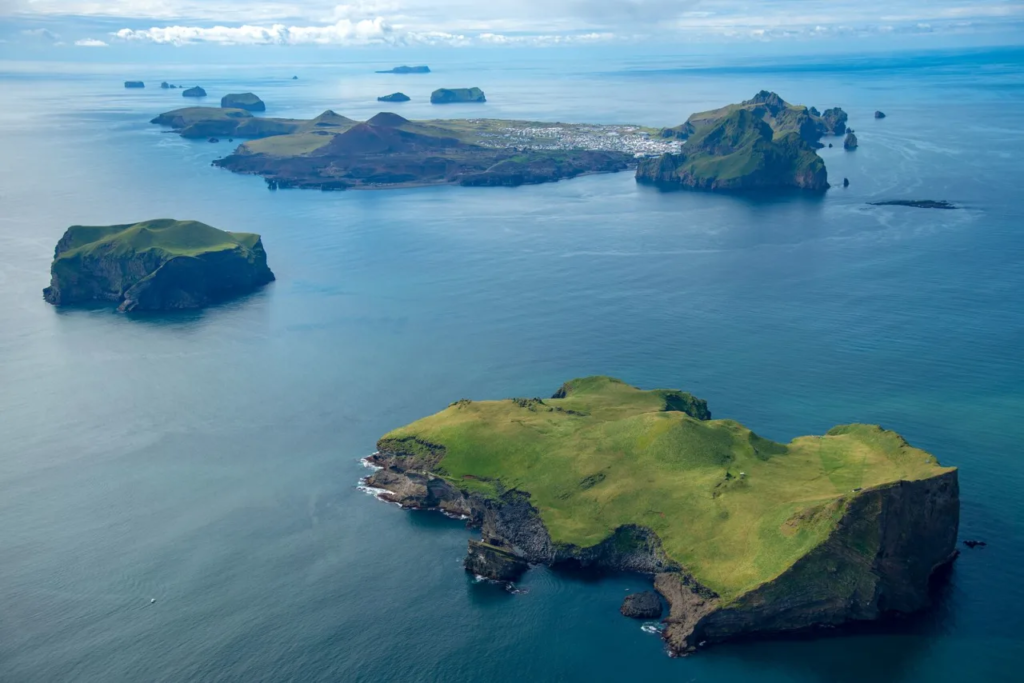
5. Tristan da Cunha, British Overseas Territory
Tristan da Cunha, situated in the South Atlantic Ocean, is the most remote inhabited island in the world. The island is part of a small archipelago and has a population of around 250 people. The islanders live in a single settlement called Edinburgh of the Seven Seas, maintaining a self-sufficient lifestyle through farming, fishing, and limited trade.
The extreme remoteness of Tristan da Cunha has preserved a way of life that is largely self-contained and reliant on traditional practices. The island’s volcanic origin and dramatic landscape, coupled with its isolation, create an interesting environment for both residents and researchers.
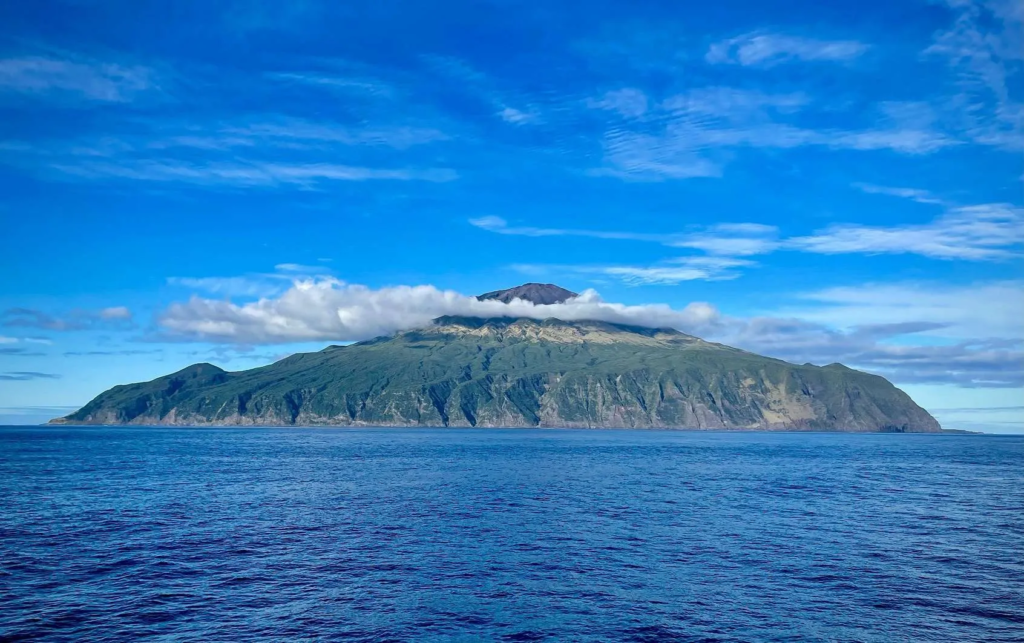
6. Aldabra Atoll, Seychelles
Aldabra Atoll, part of the Seychelles, is the world’s second-largest coral atoll and a UNESCO World Heritage Site. Its isolation and strict protection status have kept it largely untouched by humans. Aldabra is home to the largest population of giant tortoises in the world, outnumbering even those on the Galápagos Islands.
Aldabra’s pristine marine and terrestrial ecosystems are a haven for scientists studying climate change and biodiversity. The atoll’s turquoise lagoons, mangrove forests, and rich marine life offer a snapshot of a healthy, thriving ecosystem.
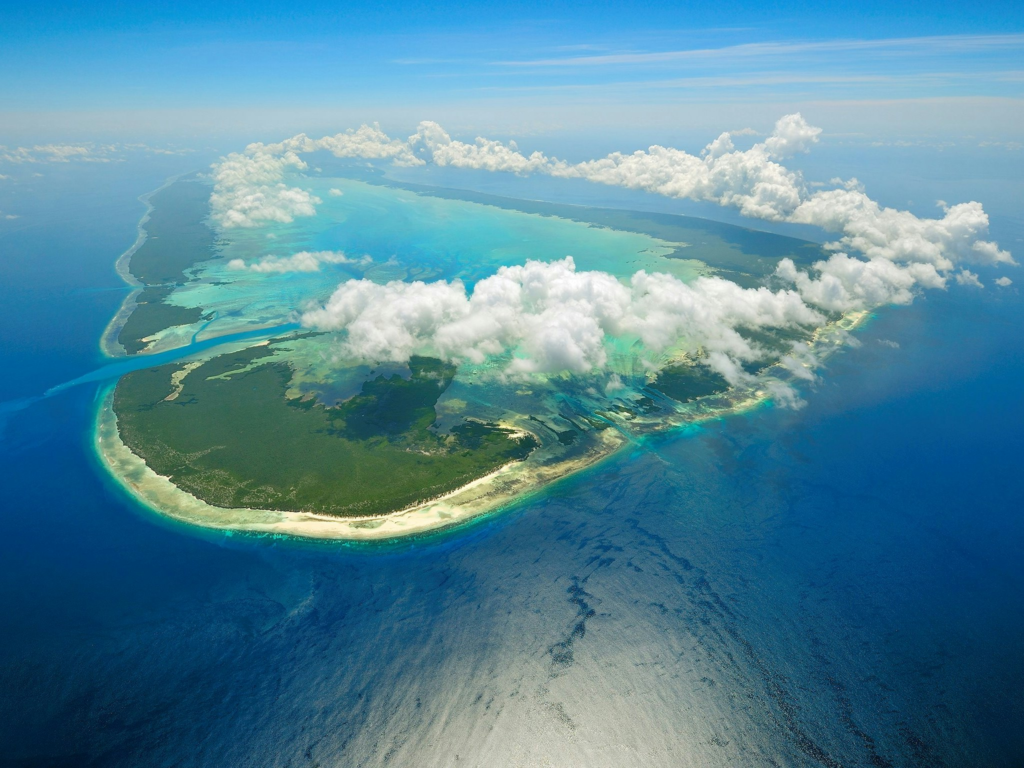
These islands, scattered across the globe, serve as sanctuaries of natural beauty and cultural heritage. They remind us of the Earth’s diversity and the importance of preserving these timeless islands for future generations!

